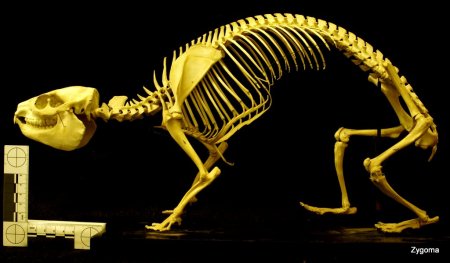I must apologise in advance for the somewhat short answer to the mystery object this week. Partly it’s because I don’t know much about musical instruments and partly because I’ve been busy pulling together a guest post for GrrlScientist over at Punctuated Equilibrium on the Guardian science blogging network (not sure when it will go live[EDIT it’s live now]). Excuses aside – on with the answer!
Last Friday I gave you this object to identify:

I was impressed that everyone immediately spotted that it was a musical instrument, but I was even more impressed that so many of you identified which continent it was from (Africa) and the general type of instrument. Historically in the West this has been referred to as a ‘thumb piano’ which is a very Eurocentric interpretation. A more accurate generic name is lamellophone (or lamellaphone).
There are lots of different sorts of lamellopone from different regions in Africa, including the mbira, the sanza, the kalimba and lukembe. This particular example differs from all of these other forms in the way in which the lamellae are secured:

This particular type has tangs on the lamellae that are driven directly into the wooden resonator, rather than having a fretboard like an mbira:
 This means that the instrument is not tunable, unlike the mbira.
This means that the instrument is not tunable, unlike the mbira.
This unusual characteristic identifies this mystery object is an Continue reading →






